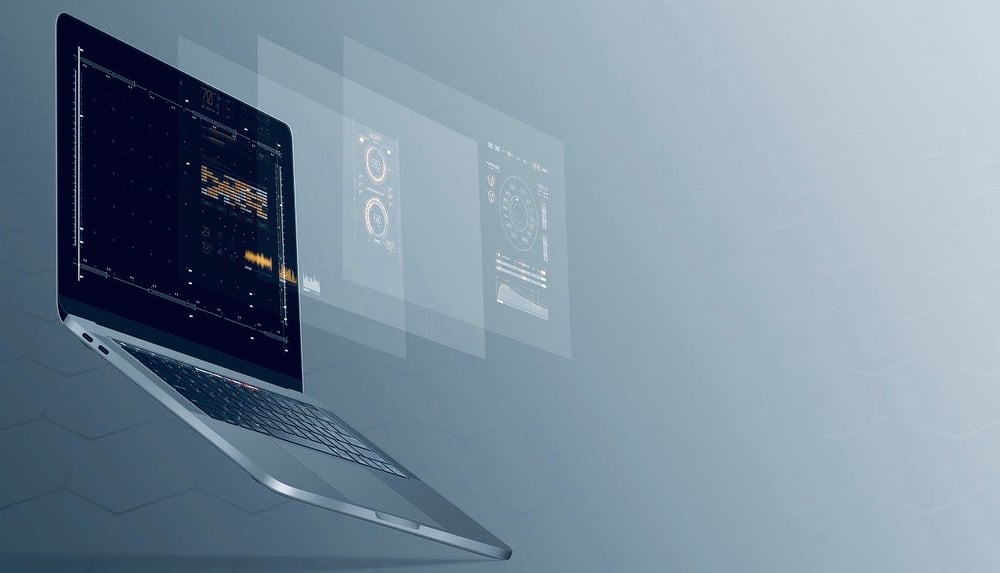
When it comes to managing a clinical laboratory service, getting procedures done on time and accurately is only part of the total equation. After health records have been acquired, tests have been run, and results compiled, someone has to pay for the work performed. In the modern health care landscape, executing billing practices correctly might be more time-consuming and labor-intensive than any other part of the job. But when laboratories can easily interface with their billing systems directly from their laboratory information management system, it’s possible to gain greater efficiency and incredible cost savings.
Interfacing Billing Systems with LIMS
First, lab managers should understand what they need from their billing services. Labs will either rely on an internal billing system or outsource this function to a billing provider. Regardless of the which approach is taken, a good LIMS will be able to provide laboratory test claims to the billing software through an electronic data interface and good billing software will be able to accept the claims and ease the verification and submission to the appropriate payer.
When looking for a billing system or provider it's important to note that while there are many billing companies, medical and otherwise, they may not have experience working with laboratory billing practices. In fact, the very first question you should ask any potential billing company is, "Do you currently have any laboratory customers?" It may be that the billing company has worked with EMR's (Electronic Medical Records software), but when the time came to interface with them, they had precious little understanding of how the lab billed, and their software had no flexibility for handling the information, since it was designed solely for EMR's.
While many labs may use the same billing companies, they all will be subtly different in how they bill. Some will pass order/panel codes or test codes, and others will utilize CPT codes. It's important to bring this up beforehand with your potential billing company, so you will know how and if they will be able to handle this information for billing.
If you are billing the patient, keep in mind how your payor/insurance list is maintained. Your billing company must be able to map the payor ID coming out of the LIMS to their system, or be able to utilize the payor information that is passed. If you only have one source of incoming orders, this is less of an issue, but when you have multiple order sources (EMR's, etc.) coming in, you probably have variations of the same insurance companies being passed to your LIMS.
Supporting a Bidirectional Interface
Lab managers will want to ensure they are staying consistent in their interfacing standards. Billing interfaces could be based on a plain text format, or adhere to a common standard like HL7. As explained by Health Level 7 International, which owns the HL7 standard, any billing interface should strive toward interoperability. That includes functional interoperability (reliably exchanging information without error) as well as semantic interoperability (the ability to make effective use of the information being exchanged).
Central to the goal of interoperability is the concept of a bidirectional billing interface. In a typical lab billing setup, the lab will need to properly handle outgoing data (on test results and related charges) as well as incoming data (for reimbursement or further testing). In working with both internal billing systems as well as external providers, a bidirectional interface will allow a lab to track payer performance, view reimbursement rates over time and much more.
As Lab Manager explained, having easy access to this data and the bidirectional interface enabling it, is essential in the modern health care environment. Labs need these tools to better understand where their money is going and how payers are performing. This will allow them to prioritize payments to and from clients with better performance, as well as flag those prone to debt and write-offs. This all stands to make labs more able to compete in an increasingly competitive market.
It is critical to note that during testing and cutover, the lab must be involved in the process. With all of this in mind, lab managers might be facing a pile of tasks and paperwork involved in pulling these loose ends together. However, it’s important to know that each of these jobs is made easier, quicker and more affordable with a well-designed and implemented LIMS from the start.
ApolloLIMS has experience interfacing with most of the popular lab billing companies already, and when the time comes to implement your billing interface, it will only be a matter of customizing it to your needs.


